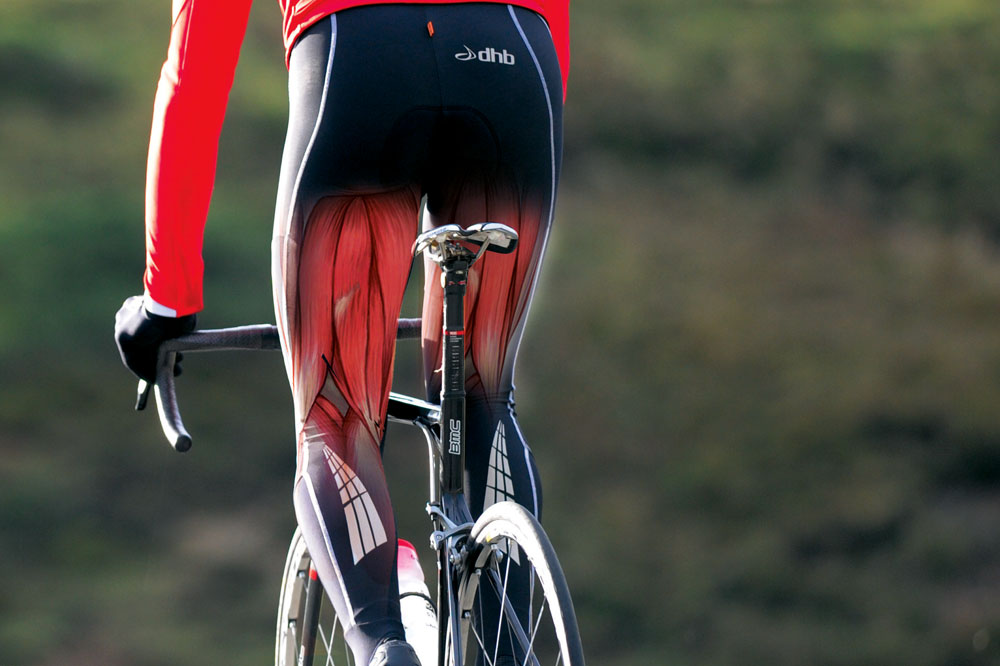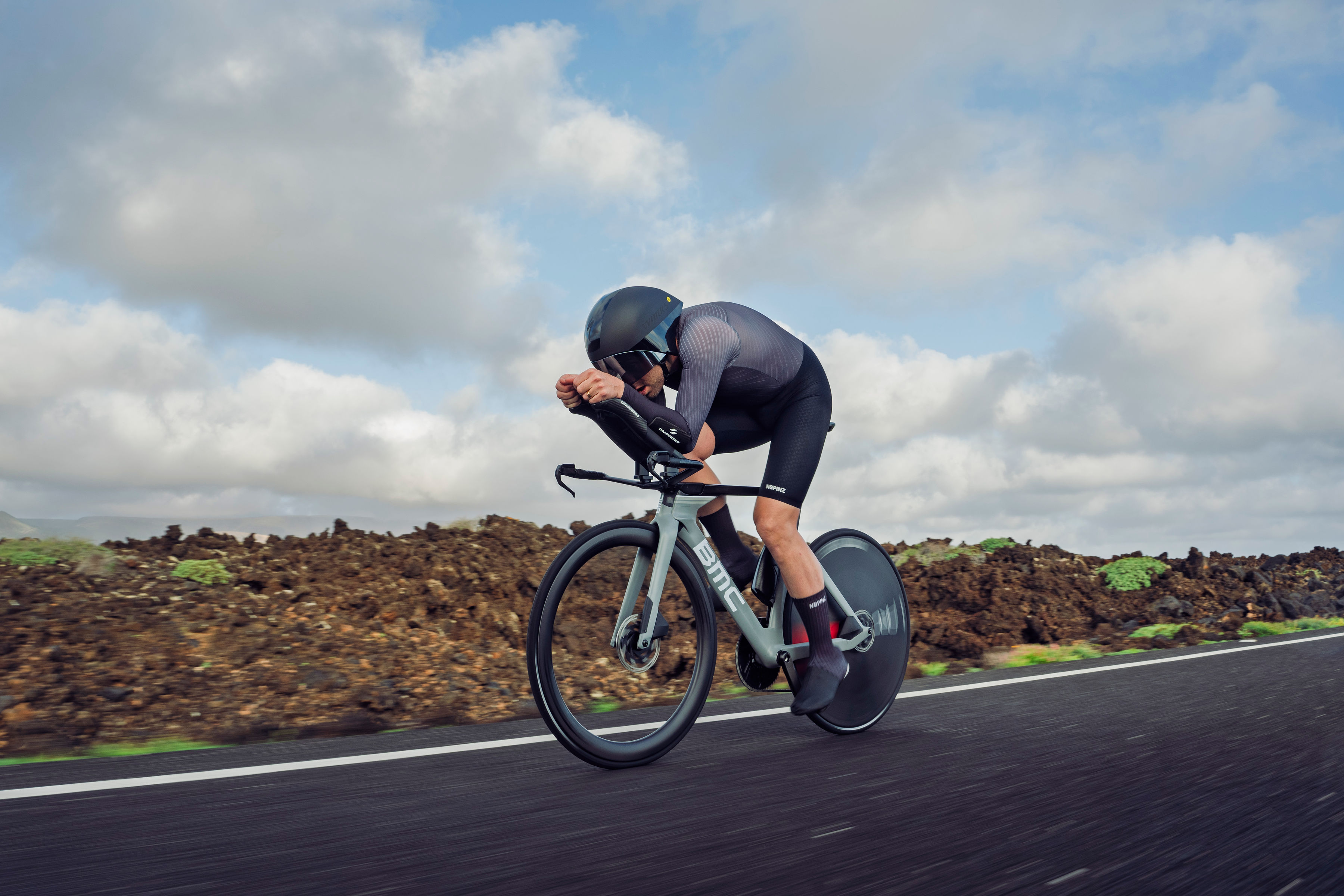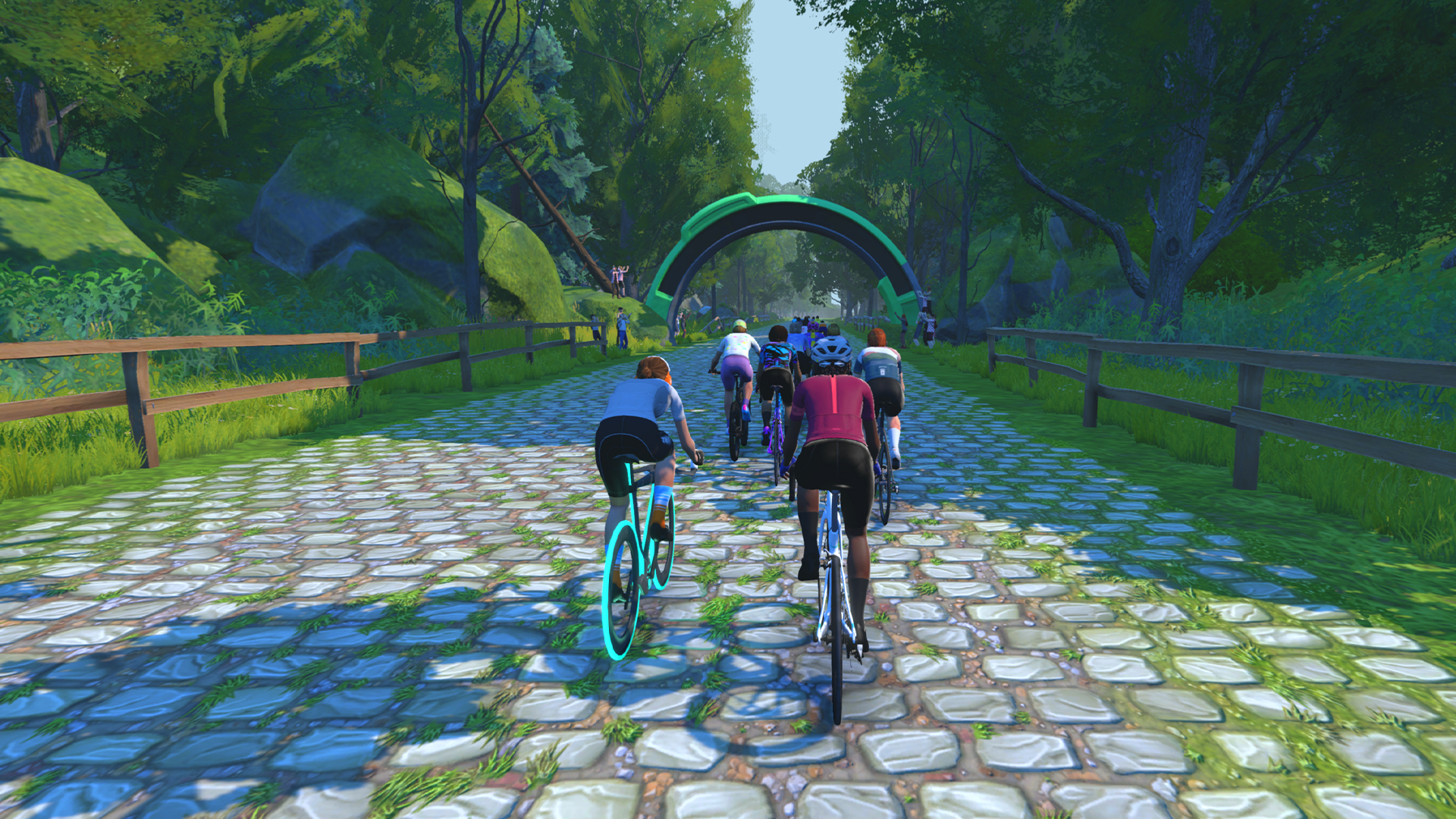Injury prevention: How to avoid hamstring injuries
Physio and osteopath Lewis Wood addresses soreness across the back of the thigh — namely, strained hamstrings

Many cyclists complain about having tight hamstrings, but I’m often surprised, when I ask cyclist patients, how few regularly stretch their hamstrings. If left alone, hamstring muscles naturally shorten, especially while sitting with your knees bent. Given that normal sitting causes hamstring tightness, it’s no surprise that sitting on a saddle for hours at a time has an even worse effect.
What are the hamstrings?
The word hamstring comes from the old English ‘hamm’, meaning thigh. String refers to the characteristic appearance and feel of the tendons just above the back of the knee. This muscle’s name dates back to the 1560s, when butchers used the tendons of the ‘ham’ to hang up the carcass.
The hamstrings originate just below the buttocks, from the base of the pelvis at the sitting bone (ischial tuberosity). From a central tendon, three posterior thigh muscles individually form the hamstring tendons and insert into the upper part of the lower leg bones (inner tibia and the fibula). These are the semimembranosus, semitendinosus (inner hamstrings) and the biceps femoris (outer hamstrings).
What do the hamstrings do?
The main action of the hamstring muscles is to actively bend (flex) the knee in a powerful way. They also act as a long lever to extend the hip. The hamstrings are weaker when the hip is extended, at which point the gluteal muscles take over and work harder.
The hamstrings are extremely important in physical activities where the knee is semi-flexed, such as cycling. When the knee is bent, the hamstring muscles are at mid-range length, which is their strongest position, where they are best able to activate, protect and generate a force through the knee joint. Any reduction in their length reduces the function of hamstring muscles; they weaken and become de-conditioned, liable to damage.
Get The Leadout Newsletter
The latest race content, interviews, features, reviews and expert buying guides, direct to your inbox!
What are the causes and types of hamstring injury?
Hamstring injuries are typically caused by a moment of rapid acceleration, deceleration or intense physical effort. Therefore, these injuries are more common in sports such as running, football, rugby and athletics, though cyclists are by no means immune.
Severe hamstring injuries usually involve a muscular tear or tendon damage. Often, a tearing sensation or ‘pop’ is felt. This is commonly called a ‘pulled hamstring’. A different kind of hamstring problem sometimes caused by prolonged cycling is a mild muscular strain affecting the hamstrings myotendinous junction. These injuries are classified by severity, from grade-one tear (minor strain), grade-two tears (partial ruptures), and grade-three tear (complete rupture).
How to prevent excessive strain on your hamstrings
Many cyclists — all those with desk jobs — spend prolonged periods sitting down. Before they start exercising, their hamstring muscles are already shortened. Therefore, regular self-help exercises (as described opposite) should be the first line of defence. Looking after your hamstrings helps prevent injury. When these muscle fibres are aggravated during training, the pain is not always intense; a cyclist may barely notice at the time because the stress did not cause a significant tear, but rather a micro-trauma. This small-scale damage to fibres (myofibrils) may lead to numerous muscle nodules or tender points, which, if left untreated, can cause problems.
Avoid pushing too hard when sprinting up a steep gradient, especially when muscles are fatigued after several hours of training, as doing so may lead to delayed-onset muscle soreness (DOMS). It is very useful to strengthen your hamstrings and the deep gluteal muscles to improve resting muscle tone and power. As these muscles are two-joint movers (crossing over your hips and knees) a strain may be caused and/or complicated by biomechanical dysfunction, such as a lower limb muscle imbalance, mal-aligned pelvis, leg length discrepancies, thoracolumbar dysfunction or sacroiliac joint impairment.
Other causes of posterior thigh pain
You may need professional help from a registered physio or osteopath to correctly diagnose any discomfort and/or pain in the posterior aspect of your thigh. There are several possible causes:
- Sciatica/radiculopathy (referred pain)
- Nerve impairmentν Piriformis syndrome
- Sacroiliac joint derangement
- Lower lumbar disc herniation
- Peripheral neuropathy (nerve impairment)
- Central spinal stenosis(narrowing of the spinal cord)
- Spondylolisthesis(spinal joint slippage)
- Spondylotic degeneration (arthritis in the spine)
- Intermittent claudication(lack of blood flow)
- Popliteal artery impingement syndrome (uncommon)
- Neoplastic cancerous tumour (uncommon)
Questions and Answers
Q - Should I try static stretches to lengthen my hamstrings before I go out for a ride?
A - Some evidence has suggested that static hamstring stretches as a warm-up may significantly reduce your performance while failing to improve hamstring length. Preferably, complete a set of warm-up exercises or dynamic hamstring stretches. These have been shown to effectively increase hamstring flexibility and therefore reduce the risk of injury to this area (ref 1).
Q - Eight months ago, I felt a twinge in my left hamstring and continued exercising. Then I took six weeks’ rest, but the pain came back when I resumed cycling. What should I do next?
A - Once a hamstring muscle strain has occurred, resting alone will only allow for the inflammatory signals to subside. The muscle fibres (myofibrils) of the injured hamstring muscles will still be in a damaged position. Rest alone hasn’t fixed the problem; the muscle has re-inflamed.
The best advice is to consult an accredited sports physiotherapist or osteopath, who will be able to assess and grade the level of hamstring muscle injury to confirm whether it is a strain, tear, tendon injury, or another cause such as sciatica.
Reference 1: Silveira, Sayers, Waddington, (2011). Effect of dynamic versus static stretching in the warm-up on hamstring flexibility. The Sports Journal, vol 14.

Injury prevention: Thigh and knee Iliotibial band (ITB) syndrome
Many cyclists suffer from pain and tenderness across the outer part of the thigh, this can be ITB syndrome.

Thank you for reading 20 articles this month* Join now for unlimited access
Enjoy your first month for just £1 / $1 / €1
*Read 5 free articles per month without a subscription

Join now for unlimited access
Try first month for just £1 / $1 / €1
Founded in 1891, Cycling Weekly and its team of expert journalists brings cyclists in-depth reviews, extensive coverage of both professional and domestic racing, as well as fitness advice and 'brew a cuppa and put your feet up' features. Cycling Weekly serves its audience across a range of platforms, from good old-fashioned print to online journalism, and video.
-
 Cycling Time Trials unveils alliance with UK brand Nopinz to 'improve and drive the sport forward'
Cycling Time Trials unveils alliance with UK brand Nopinz to 'improve and drive the sport forward'The UK time trialling body takes on new sponsor with a view to 'driving the sport forward'
By James Shrubsall Published
-
 I rode Zwift’s new Paris-Roubaix route - how hellish was it?
I rode Zwift’s new Paris-Roubaix route - how hellish was it?The Hell of the North route has added virtual cobbles to the virtual training and racing platform
By Stephen Shrubsall Published